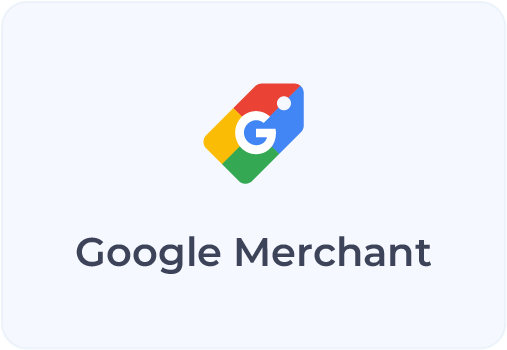Price changes can happen faster than ever in ecommerce. Thanks to technology, whether you’re browsing Google Shopping or checking out on a Shopify store, it’s not unusual to see prices shift from one visit to the next.
For retailers, dynamic pricing is a smart way to stay competitive and protect margins. For shoppers, though, those changes can raise questions about consistency — and fairness.
In this article, we break down what makes pricing feel fair, where misunderstandings often happen, and how ecommerce teams can use dynamic pricing without compromising trust.
What makes pricing feel unfair to customers?
Fairness in pricing isn’t just about the number on the tag. The most impactful part of pricing is the full shopping experience behind the pricing. Here’s what tends to create friction:
- Seeing different prices for the same product at different times or on different channels
- Feeling punished for timing (e.g. higher prices on weekends or after revisiting a product)
- Perceiving that their data is being used to raise the price
- Lack of transparency about why a price has changed
Customers don’t mind paying more if the value is clear. But if pricing feels arbitrary or manipulative, it can erode trust quickly.
Why dynamic pricing is often misunderstood
Dynamic pricing is not the same as personalized pricing. Most ecommerce brands aren’t changing prices based on who you are. Yes, that can have some impact on it, but the most likely scenario is that they’re responding to market dynamics.
Price shifts are usually driven by:
- Competitor pricing changes
- Inventory levels
- Seasonal or promotional cycles
- Real-time demand trends
It’s the same reason airfare changes when demand spikes. The system is built to be responsive — not personal.
Problems happen when shoppers assume price changes are targeting them specifically, especially when changes aren’t explained clearly.
How to make dynamic pricing feel fair
Fairness comes down to implementation. Brands that use dynamic pricing transparently and consistently rarely face backlash. Here’s what that looks like:
- Use price guardrails. Set floors and ceilings to avoid wild swings that feel arbitrary.
- Stay consistent across major channels. If you’re cheaper on Google Shopping than your own site, it undermines trust.
- Communicate time-sensitive pricing clearly. If a price is part of a promotion, make that visible.
- Avoid behavior-based pricing. Shoppers should never feel like their past clicks or device type raised the price.
- Choose the right software. Dynamic pricing software should be rules-based, not opaque.
Shoppers will accept pricing differences if they make sense. It’s confusion that causes frustration.
Why fairness doesn’t mean static
There’s a misconception that stable pricing is always fair. But static pricing often leads to broad, inefficient discounts that hurt your margins — and confuse customers about value.
Dynamic pricing lets you:
- Keep your prices in line with real market conditions
- Avoid blanket discounts by pricing more precisely
- Offer better deals when you can afford to, and hold value when demand is strong
That’s not unfair — that’s smart. And when implemented transparently, it creates better pricing for both customers and brands.
Final thoughts
Dynamic pricing isn’t inherently unfair. But when it’s used without clarity or structure, it can feel that way.
Customers don’t need rigid prices — they need pricing they can trust. That means setting guardrails, communicating clearly, and avoiding hidden logic.
If you want to implement dynamic pricing that supports your bottom line and keeps customers confident, the Intelis dynamic pricing app for Shopify makes it easy to automate updates, enforce price rules, and stay competitive — without crossing the line.






